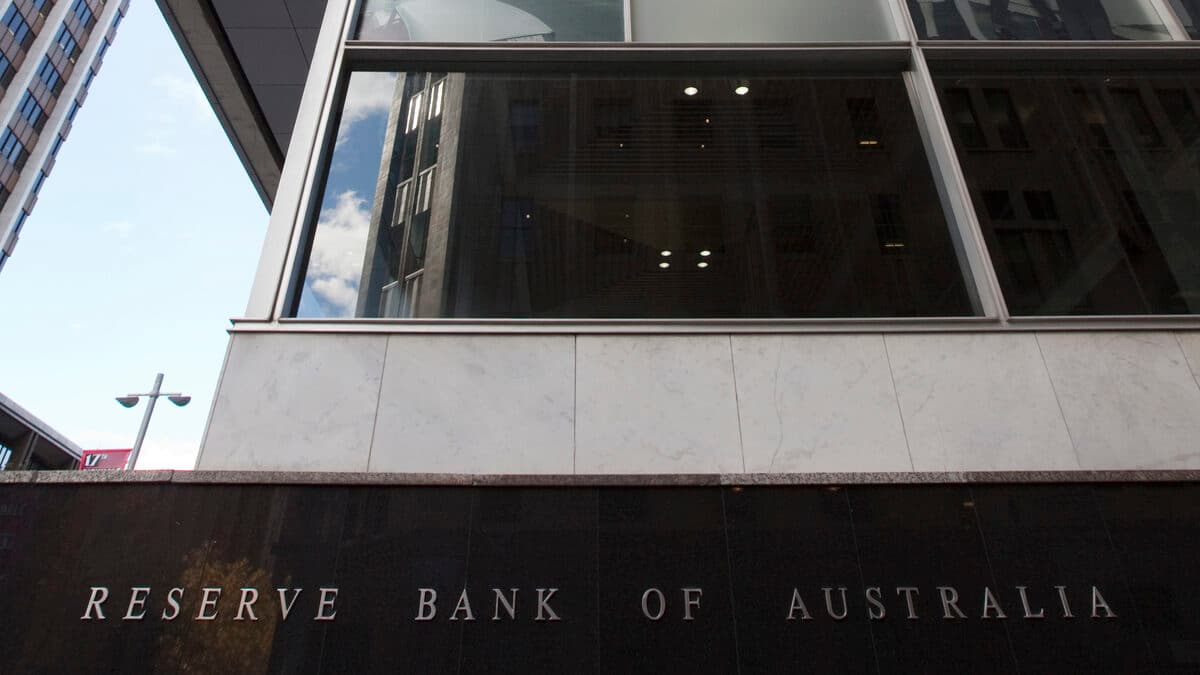As the Reserve Bank of Australia (RBA) contemplates its next move, experts in the country remain divided over whether the cash rate will be raised on July 4.
In the latest Finder RBA Cash Rate Survey, 39 economists and experts provided their insights, revealing a near-even split on the potential rate adjustment. With 51 per cent of the panelists predicting an increase and 49 per cent forecasting a hold, uncertainty looms over the RBA’s decision-making.
The mounting pressure on homeowners becomes evident as Finder’s Consumer Sentiment Tracker exposes a concerning trend. A staggering 41 per cent of Australian mortgage holders, equivalent to approximately 1.35 million households, admitted to struggling with their home loan payments in June. This distressing figure marks the highest proportion since tracking began in 2019, underscoring the potential vulnerability of the housing market.
Amidst this financial strain, experts warn of a potential wave of distressed home sales if the cash rate rises further. In a survey conducted by Finder, 67 per cent of respondents believe that an additional cash rate hike in the second half of the year will force more homeowners to sell their properties due to mortgage servicing difficulties. The fear is substantiated by data from the Australian Prudential Regulation Authority, which indicates that mortgage defaults reached a staggering $15 billion worth of home loans in March 2023.
With the panel’s average forecast projecting a cash rate of 4.80 per cent, surpassing the previous peak of $20 billion in mortgage defaults seen in June 2020, the situation appears increasingly precarious. Graham Cooke, head of consumer research at Finder, voiced concern for millions of homeowners on the brink of financial collapse, emphasizing that a cash rate of 4.80 per cent would likely trigger a deluge of distressed property sales.
Beyond the immediate challenges facing homeowners, experts also express apprehension about Australia’s economic outlook. The ongoing debate surrounding the cash rate reflects broader concerns about the nation’s potential slide into a recession. More than half of the surveyed experts (57 per cent) believe that by the end of 2023, Australia risks entering a recession. Factors such as dwindling household savings, which plummeted to 3.7 per cent of net disposable income in the March quarter of 2023—its lowest level since June 2008—contribute to this mounting anxiety.
While the average Australian currently holds $31,075 in cash savings, more than half (51 per cent) admit they could only survive for a month or less if faced with job loss. Additionally, a quarter of respondents (24 per cent) express even greater financial fragility, stating they could only rely on their savings for a week or less. This disparity between those with substantial financial cushions and those without underlines the growing divide in financial security.
Amidst rising interest rates and falling real wages, experts argue that Australians are rapidly depleting their savings buffers. Shane Oliver from AMP suggests that the decline in the savings rate demonstrates a worrying erosion of financial resilience, driven by the compounding effects of rate hikes and stagnant wage growth. Dale Gillham from Wealth Within echoes this concern, noting that many Australians are living paycheck to paycheck, leaving them vulnerable to financial turmoil in the absence of a steady income stream.
Dr Peng Yew Wong, Senior Lecturer, School of Property, Construction and Project Management said: “We might have been paying too much attention to RBA’s cash rate decisions and forgetting about other key players in the current crisis: The Federal and state government.
“The latest cash rate hike did not come as a surprise in lieu of the latest inflation rate of 6.8 per cent – which was higher than the market expectation of 6.3 per cent. But it did not result in the housing market retreat as expected.
“Reversing a downtrend since the beginning of the RBA cash rate hike, national home values rose by 1 per cent.
“This marks the first quarterly lift in home values since May 2022 and is expected to continue to be resilient in the remainder of 2023 and into 2024.
“This might be attributed to the shortage in housing supply.
“Inadequate supply means that the housing quantity is not enough to satisfy the market demand, thus rising housing and rental market stress. “As a result, consumers need to adjust to more expensive housing.
“The Federal and state governments’ responsibilities and actions have a great impact on the cash rate hike.
“The housing market supply is directly related to the nation’s fiscal policy implementations, but governments’ haven’t done enough to address the shortage.
“No wonder the RBA’s governor expressed dismay at the lack of action by policymakers. Housing is only one of the many components in CPI computation and inflation.
“Over the last few months, along with housing, the most significant price rises were gas and household fuels (+14.3 per cent), medical and hospital services (+4.2 per cent), tertiary education (+9.7 per cent) and domestic holiday travel and accommodation (+4.7 per cent).
“Energy costs will soon be added to the rise, posing the question: Is the government going to do anything to ease this most fundamental “cost of everything”?”
As Australia teeters on the precipice of economic uncertainty, the RBA’s decision on the cash rate in July carries significant weight. The divided expert opinions and the potential consequences of distressed home sales and recession loom large, demanding careful consideration from policymakers tasked with navigating these challenging times.
Keep up to date with our stories on LinkedIn, Twitter, Facebook and Instagram.


